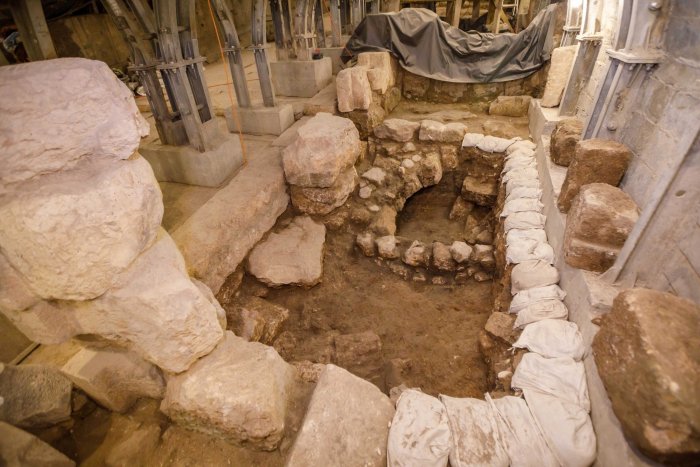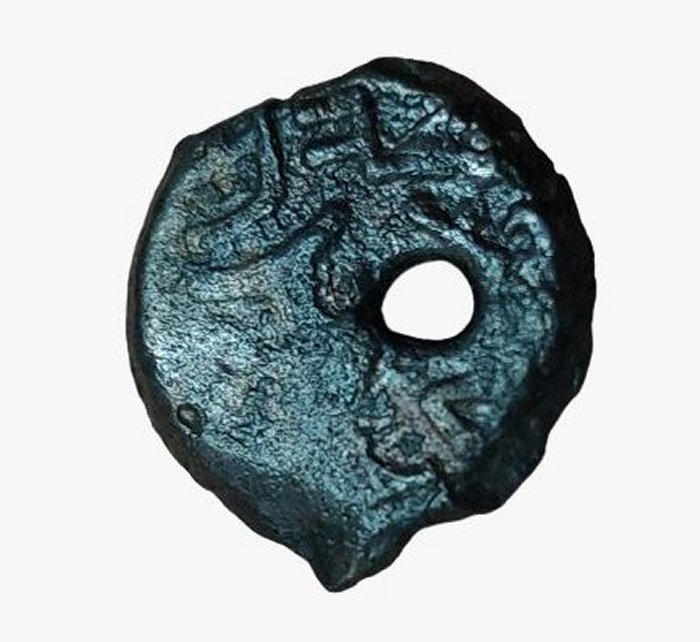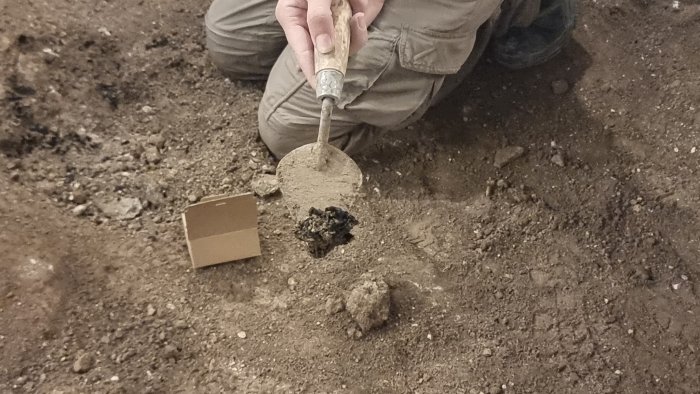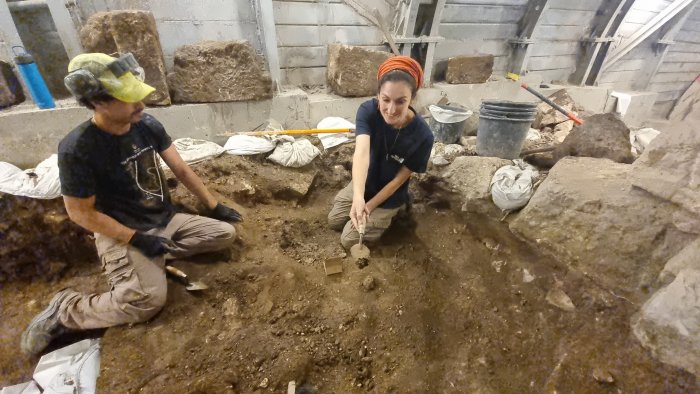Conny Waters – AncientPages.com – Evidence of the destruction of the Second Temple in 70 AD is currently being exposed in the City of David, Jerusalem Walls National Park.
Some 2,000 years after the destruction of the Second Temple and the burning of Jerusalem by the Romans, these ancient findings preserved from this critical period serve as tangible testimonies to the final days of Jerusalem prior to its destruction.

Credit: City of David Archives; Yaniv David Levy, Israel Antiquities Authority
During the excavation, archaeologists from the Israel Antiquities Authority revealed building remains that collapsed alongside the “Pilgrim’s Road” – the main street of Jerusalem during the Second Temple period.
Inside one of the structures, they discovered charcoal remains of burnt wooden beams from the time of the destruction, fragments of decorated stone vessels used by the city’s inhabitants, a stone weight, a crucible for melting metal, and a bronze bowl. In addition, a coin from the second year of the Great Revolt against the Romans was found, bearing the inscription “For the freedom of Zion.”

Credit: City of David Archives; Yaniv David Levy, Israel Antiquities Authority
According to Yaniv David Levy, a researcher in the coin department at the IAA, “It is clear that the coin was intentionally pierced, and the hole was not the result of natural wear of the material. The coin was deliberately pierced to allow it to be hung. The idenтιтy of the person to whom the coin belonged will likely never be known, but preserving objects as souvenirs is not a new phenomenon.”
“We have evidence that a Jewish family kept coins from the Hasmonean period and hid them in a shelter cave during the Second Jewish Revolt,” explains Yaniv David Levy.
“Their tragedy allowed us to find these coins together and understand that the rebels, led by Shimon Bar Kokhba saw importance in these coins and took them with them to the refuge. These coins did not have any economic value and were kept as mementos. On the other hand, we also know of cases in which Roman soldiers took coins from defeated Jews as souvenirs, and they were found in several military camps across Europe. In the case of this coin, discovered this week in Jerusalem, it seems more plausible that it was in the possession of a Jew.”

Credit: City of David Archives; Yaniv David Levy, Israel Antiquities Authority
“All these findings together paint a picture of the lives of the residents who lived in Jerusalem just prior to the destruction. To return to Jerusalem after 2,000 years and rediscover the remains of the destruction, especially in an excavation taking place shortly before Tisha B’Av, is a very moving experience that cannot leave us indifferent,” Israel Antiquities Authority excavation directors Shlomo Greenberg and Rikki Zalut Har-Tuv explained.

Credit: City of David Archives; Yaniv David Levy, Israel Antiquities Authority
“There are few places where we can physically touch the destruction of Jerusalem. Thanks to the excavation, the terrible events we read about in history books, that led to the fasting of Tisha B’Av, are reflected in tangible evidence.
See also: More Archaeology News
In these days of internal division, we must be aware of the echo that reaches us from the depths of our past and strive for comradery,” Eli Escusido, Director of the Israel Antiquities Authority, said.
Written by Conny Waters – AncientPages.com Staff Writer





